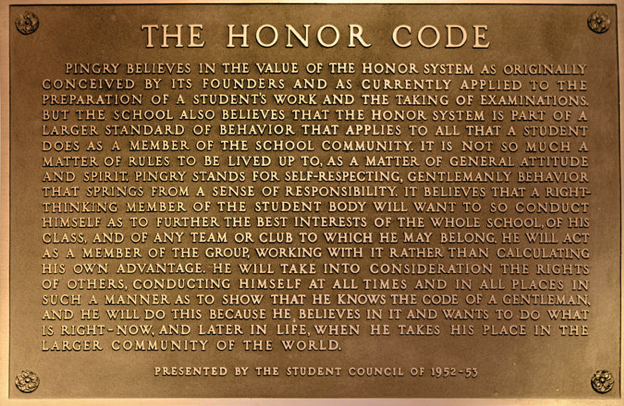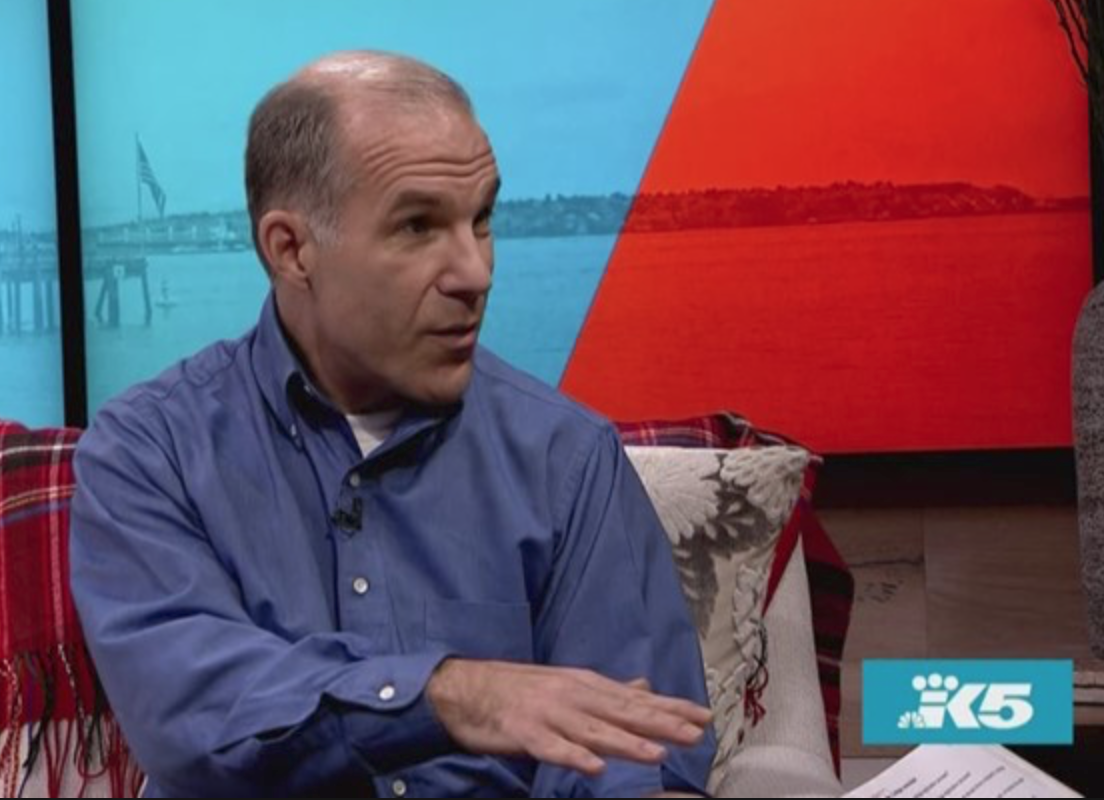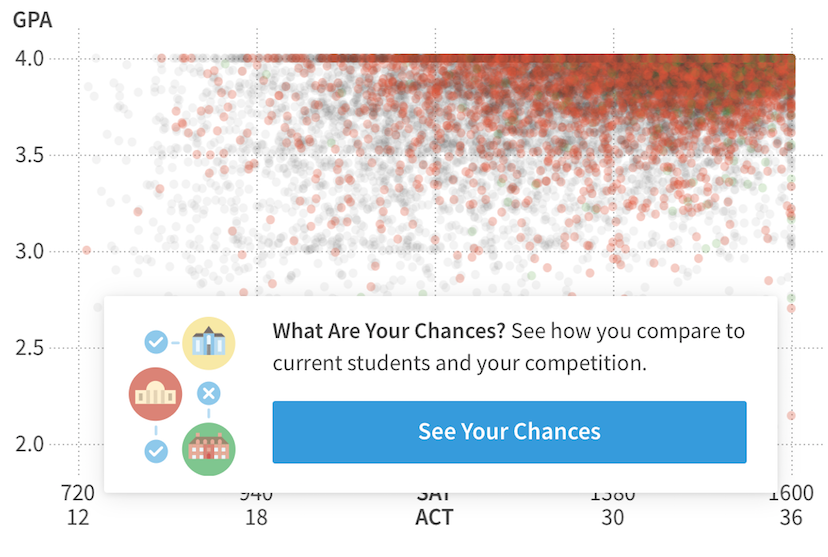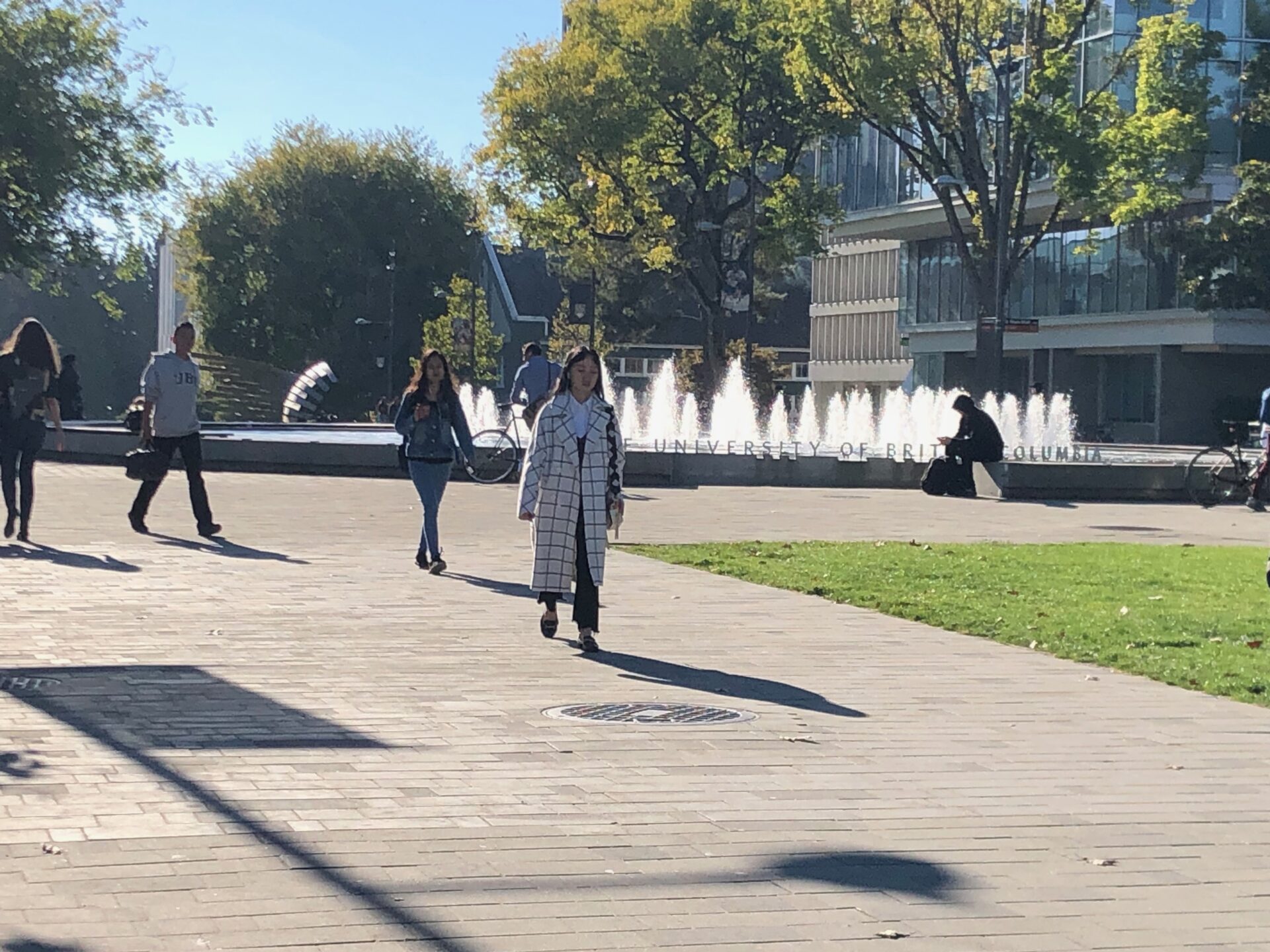The pressure is on.
The high school classes of 2021 and 2022 will provide invaluable evidence regarding the SAT/ACT and whether these tests actually predict future college success. While it is common knowledge that antibiotics kill viruses (they don’t) and SAT and ACT scores indicate future success in college (they don’t), the college classes of 2024, 2025, and 2026 may provide substantial and invaluable evidence about the efficacy of the SAT/ACT. Although the usefulness of antibiotics on viruses can be directly tested, the validity of the SAT and ACT as predictors of college success continues to be one of the most influential, highly controversial, contentious, and likely tendentious questions in education.
First, it just isn’t true. The College Board has pushed their SAT exam as the primary indicator of academic college success on students, schools, and even national and state governments for decades. Currently, over two million high school juniors spend countless hours studying, practicing, and stressing, all in the hopes of increasing their SAT/ACT score-even though most evidence shows that these tests don’t predict much of anything, yet alone future college success.
It is not standardized. The name, format, scoring, length, and even the definition of what the SAT purports to measure has been notoriously and continuously ephemeral. The College Board has changed the definition and name of the SAT-and what it purports to measure-no fewer than four times. Originally the “School AptitudeTest” became the “Scholastic Assessment Test,” only to be changed to the “SAT I: Reasoning Test,” and most recently, the nondescript “SAT.” Why the changes? After College Board’s own multiple failures over many decades to validate the SAT exam as a measure of anything associated with academics or college potential, they did what any ethically bound non-profit organization would do-they repeatedly changed the name of the test. After these multiple band-aid monikers the College Board ultimately decided to stop wasting their money trying to validate the test and finally acknowledged publicly-the SAT could not authentically be called the Scholastic Assessment Test, and that the “letters SAT did not stand for anything.” And still, many colleges require these tests to apply to college, but more disturbingly, exam scores are directly tied to merit scholarships.
It’s about equity. In 2020 and 2021, nearly all colleges and universities did the right thing and did not requirestudents to submit standardized test scores as part of their college applications because the global pandemic severely limited the administration of standardized tests (SAT, ACT, AP). Of course, some colleges and universities had to be courageous enough to be first and lead the way for others to do the right thing, and some schools only did so after extreme social pressure and duress. However, schools still used test scores as the main consideration for which students received merit scholarships. That’s correct, the clear inequity that underserved students experienced in opportunities to take the SAT/ACT was recognized by schools as directly influencing admission evaluations…but not evaluations for merit scholarships. For example, although none of the Ivies provide any appreciable merit money, the University of Denver is “test optional;” however, they are openly intrepid about providing merit money to only those applicants with high SAT/ACT scores. As Todd Rinehart, vice chancellor of enrollment states, “We could say we’re not going to play in this space because we see the inequity, but if we want to have a competitive chance of enrolling them (high potential students as defined by DU) we better pay market value.”
Now the clock is ticking. What will the numbers say? Will students who were admitted to schools be more, less, or equally successful in college even though they were evaluated without an SAT/ACT score? There will, undoubtedly, be arguments about the definition of success (freshman GPA, sophomore retention rate, four-year graduation rate, admission to grad school, job acquisition post three-month graduation, ad infinitum).
And while we wait for these metrics to reveal how the class of 2026 ultimately fairs, human and institutional laziness will surely creep back in. Schools will passively return to what was easy, safe, and predictable. Actually, the SAT/ACT application requirements for 2021 applicants have nearly returned to pre-COVID-19 state already. Why? Because numbers are clear, safe, and schools will again bask in the simple verisimilitude that a 1470 SAT score is patently better than a 1100 SAT and indicates higher academic potential and future college success. Once again schools will admit those applicants with higher SAT scores and provide them with more and higher merit scholarships. Using convenient test scores is much easier, quicker, cheaper, and more effective to hide the sausage making than employing a truly holistic evaluation of each applicant. While a school can be called to the floor (or courtroom) for admitting a student who has evidence for more academic curiosity, gumption, and moxie-no one seems to question an admission based on a 1470 vs. 1100. Even David Coleman, the President of the College Board stated, “We must certainly ask ourselves if we are, together or as a group, doing all we can to advance equity and excellence…because if you look around, it sure doesn’t look like it.” Clearly, if there is any hope to achieve some modicum of equity on the path to college, the SAT and ACT will have to be taken out of the college admissions and financial aid equation.
Do well Class of 2024 and 2025! You represent the best SAT/ACT experiment and stress test to date. Make us proud. Provide us with clear evidence that numbers alone do not define a student’s future potential. Show us all that your admission to college was not a mistake, no matter who you are or which school you attend.
The pressure is on.










